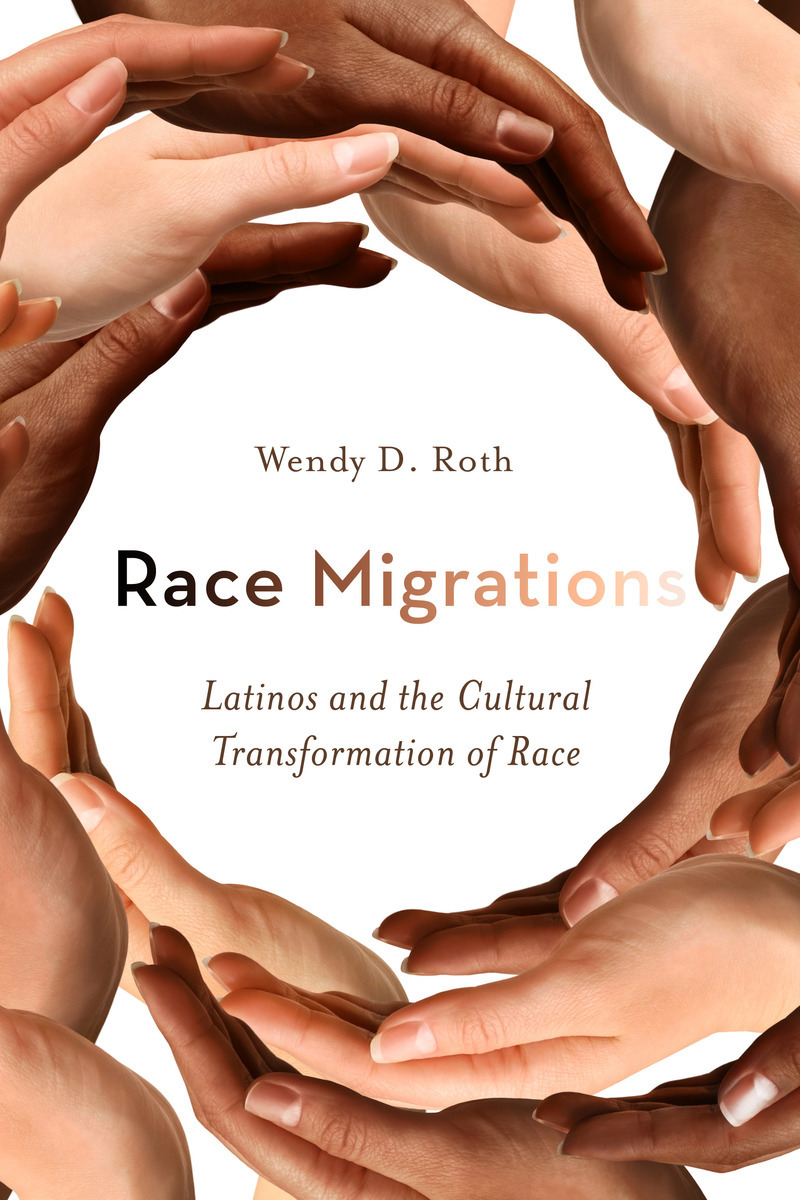Black and white student ruling in a land of rainbowsPosted in Articles, Brazil, Caribbean/Latin America, Media Archive, Politics/Public Policy, Social Science on 2012-06-09 19:56Z by Steven |
Black and white student ruling in a land of rainbows
University World News
Issue 224, 2012-06-03
Chrissie Long
While there appears to be little question that Brazil’s black community has been at a disadvantage regarding degree attainment, a ruling by the country’s top court upholding affirmative action in universities has sparked debate over whether the initiative will have positive outcomes for race relations.
Some say the impasse lies in socio-economics – not in skin colour – and affirmative action will create a dichotomy in a country where none existed previously. Others believe race quotas in universities are essential for equity.
“It is true that darker-coloured Brazilians are underrepresented in the most prestigious universities and courses. Yet people are excluded from excellent schools in Brazil by their poverty, not their race,” said Peter Fry, a British-born anthropologist and professor at the Federal University of Rio de Janeiro…
…Race definitions are alien
Brazil has the largest number of African descendents of all countries outside the continent.
Approximately 45% of Brazil’s 191 million people consider themselves African Brazilian. Most arrived on slave ships between the 16th and 19th centuries and, over the course of the past 500 years, gradually became part of Brazilian society and the Brazilian identity.
The standard definition of ‘black’ and ‘white’ never existed in Brazil like it has in North American or European cultures, says Brazilian historian at Colorado College Professor Peter Blasenheim.
Due to generations of mixed-race marriages, Brazilians have always considered themselves more of a rainbow, where racial distinctions blur, making skin colour a complicated issue…
Race quotas in universities
Reginald Daniel, a professor of sociology at the University of California – Santa Barbara, reports that this variation in skin colour has already complicated the quota system in Brazil’s universities.
According to a January article in The Economist, two identical twins applied to the Universidade de Brasilia (UnB): one was classified as black, the other as white.
Daniel said UnB began requiring that photographs be reviewed by a commission after situations in which students who appeared white claimed African descent. When this became controversial, UnB began using interviews instead of photographs.
Rio de Janeiro State University, which was one of the first institutions of higher education to adopt a quota system, relied on self-classification but removed ‘pardo’, or brown, from the options so that students either had to select white ‘branco’ or black, ‘negro’…
Read the entire article here.
